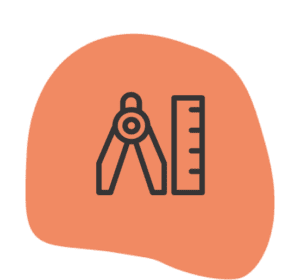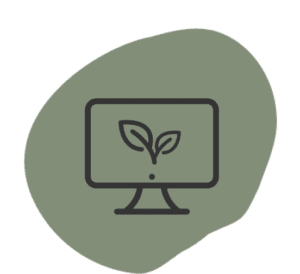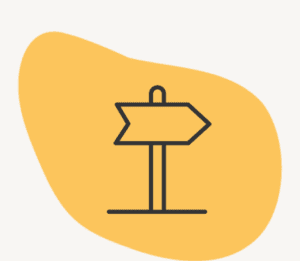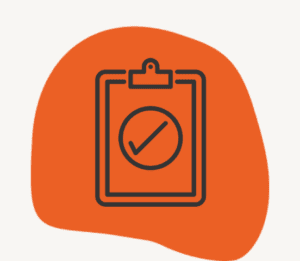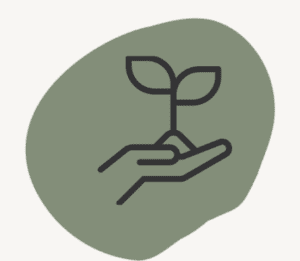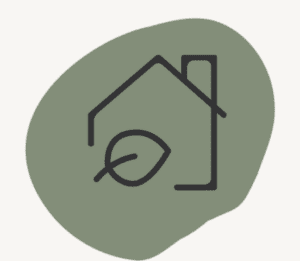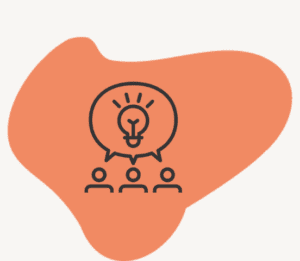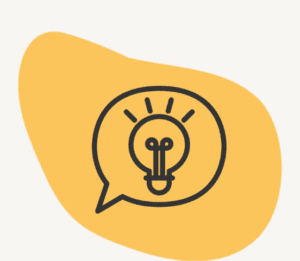Here at isla we think it’s important to practise what we preach, so in this series we take a deeper dive into what sustainability really looks like on the ground for members of the isla team. This week we hear from isla Executive Assistant, Alex Schlacher.
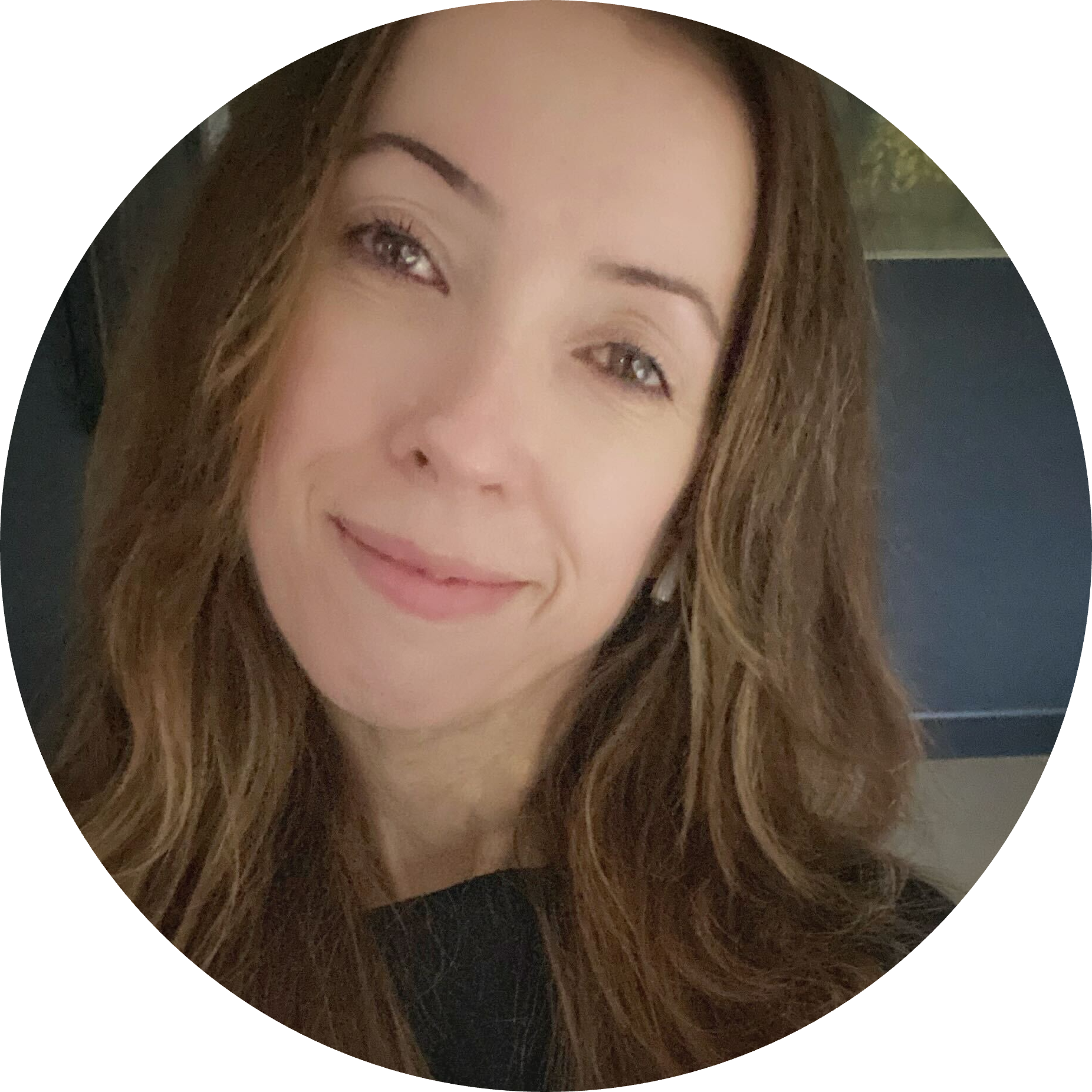
Sustainability loves
Food: When I still lived in the UK, I loved Mindful Chef recipe boxes, as they contained only exactly what you needed for what you were cooking, considerably reducing wastage. They also work closely with local organic, sustainable farms. Now that I’m in Austria, I buy my produce directly at the source every weekend – the local farmer’s market.
Drink: I’m currently really getting into the huge new natural wine trend here in Austria. Vines are grown without the use of pesticides, and wine is produced using traditional methods, without any additives, which makes all the wines taste very buttery and – as a weird plus: no bad hangovers!
Fashion: That’s easy. I hate shopping and usually wear clothes until they fall off me or have so many holes, they’re not mendable. I still own clothes I bought 20 years ago.
Product/Service: Living in Vienna, I am currently surviving without a car (a first in my life), but public transport is so good and so cheap here, not being able to drive doesn’t hurt quite as much.
Resource: The “Too Good To Go” app, which reduces food waste. It connects people with restaurants and stores that have surplus food they would normally throw away at the end of the day, which can then be bought at a fraction of the price.
Location: Right now, walking through Vienna.
Quote: “We don’t see things as they are. We see things as we are”– Anaïs Nin
How do you ‘do’ sustainability in your own life?
I don’t really buy a whole lot of new things and I hate throwing away any food so try to use up everything I have.
Are they any local sustainability initiatives that you’re excited about/have engaged with?
Austria is very strict with recycling, which I love (there was once a huge debate about whether to separate a tea bag from its paper label and metal clip in order to recycle all the bits in their correct bins), so there’s LOTS of waste separation going on. There is also a culture of second-hand everything as well as repair shops for everything from bicycles to old radios.
How do you connect to the natural environment?
By going for runs along the Danube during the week and on occasional hikes on the weekend. Come summer, I’ll be rowing down the Danube.
What was your biggest aha moment when it came to climate change/the environment?
About 20 years ago, I read James Lovelock’s Gaia. That had a huge effect on me. And then of course the acceleration of destruction, violent weather events and rising sea levels in the past few years have been truly shocking. These things were always perceived to be in the far future, which is why everyone got very complacent. The past 10 or so years have really shaken a lot of people into action.
Tell us something unusual about your sustainability journey…
My parents grew up during and right after World War II, so they had a very frugal attitude to life. Everything was mended and fixed, you could cook and bake something from little bits and pieces you had left in the pantry or the fridge. I sewed my own clothes when I was a teenager, from fabric we had in the house, like old sheets, which I guess makes me an inadvertent early adopter of “sustainable fashion”.
What’s on your sustainability to-do list?
I’ve moved so much in my life, so I don’t own a whole lot of stuff, but there are things I’m holding on to that I don’t need to keep, so my goal is to really to get more ruthless with weeding and more discerning with acquiring anything new.
Read more:
My Sustainability Story: Emily Shephard
My Sustainability Story: Megan Harris
My Sustainability Story: Kat Bednarczyk
My Sustainability Story: Rebecca Lardeur
Our latest news






